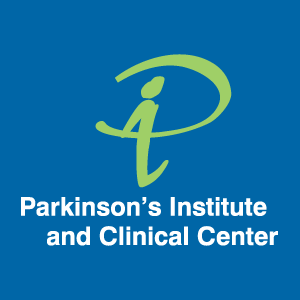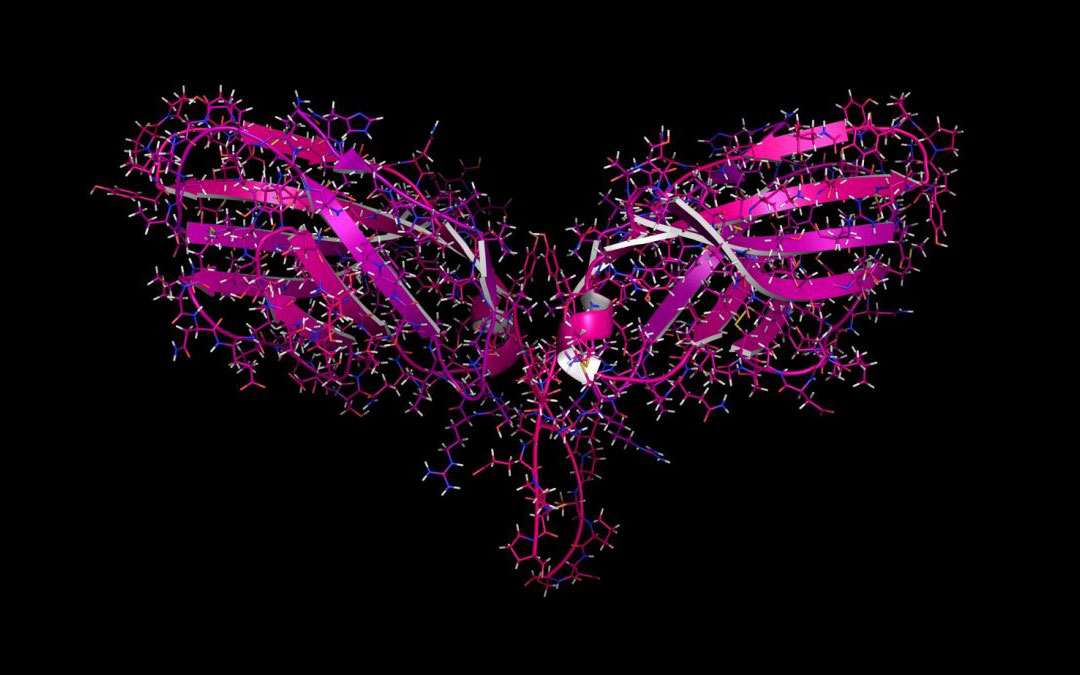The holy grail of Parkinson’s disease research is to develop an agent that will slow or halt progression of PD.
Today, the treatment of Parkinson’s disease consists of alleviating symptoms: the tremor, slowness, and stiffness of PD. Carbidopa/levodopa is the most effective and commonly prescribed agent for treatment. Over the years, levodopa (L-DOPA) has been formulated in various ways: combined with an extender (Stalevo), reformulated to provide both immediate and extended release (Rytary), and developed in an aerosolized form (Inbrija).
While these formulations of L-DOPA can improve symptoms, they have not proved effective in slowing the progression of Parkinson’s disease. This is why we continue to focus intently on developing an agent that will.
Currently, one promising strategy is to target a protein named alpha-synuclein. People with Parkinson’s have abnormally high amounts of synuclein. It forms clumps or aggregates in the cytoplasm—the fluid that fills brain cells. One method of targeting synuclein involves using an “antibody” to decrease its spread in the brain.
Another approach involves inhibiting a gene named c-Abl. If c-Abl is inhibited, it might reduce the damage caused by aggregated alpha-synuclein and reduce dopamine brain cell death.
A leukemia drug called nilotinib that may inhibit this gene is currently being studied. A new, similar drug developed by Sun Pharmaceuticals is also set to be studied soon, and the Parkinson’s Institute has been selected as a site for this study.
While we cannot yet say we have found the holy grail of a means to halt PD, this is a very exciting time for research into disease-slowing therapy for Parkinson’s disease. The strategies mentioned show such promise that I hope in the near future we will finally have a “disease-modifying” treatment, rather than just symptomatic therapy.

